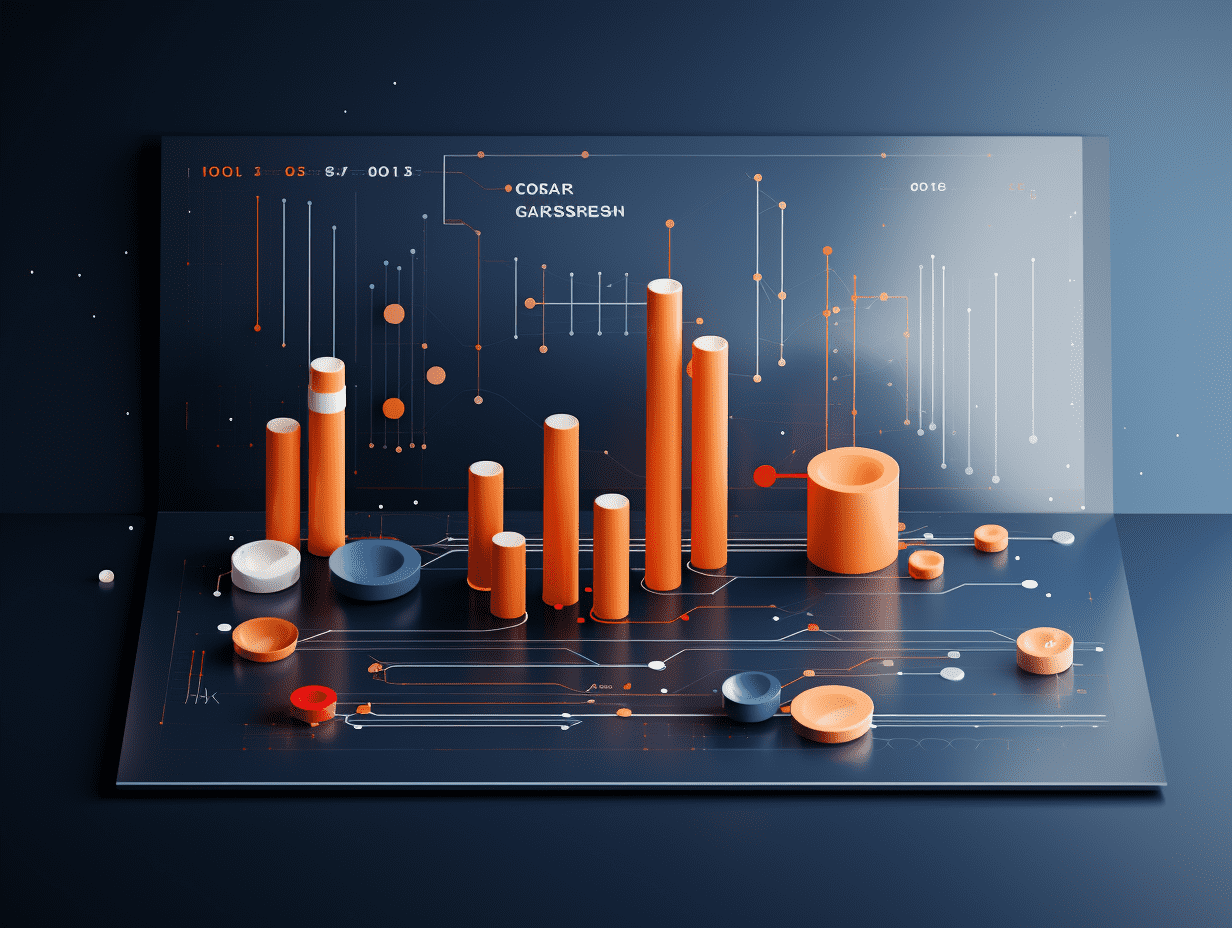Bank of America report: Apple's supply chain starts multi-year upgrade cycle, these suppliers will benefit!
The latest research from Bank of America Merrill Lynch indicates that the Apple supply chain is entering an important upgrade cycle in 2025-2026, with new model stocking, specification upgrades, and stock performance worth paying attention to.
Bank of America's latest research indicates that in the second half of 2025, the iPhone 17 series will have a slightly higher stock volume of over 90 million units, which is roughly in line with last year's 90-95 million units. Prior to this, the market was concerned that the stock volume would decrease by 5%-10% year-on-year, but with the easing of tariff pressures on Apple products, this pessimistic expectation has partially dissipated. The Apple supply chain is entering a significant upgrade cycle in 2025-2026, with new models in stock, specification upgrades, and stock performance worth paying attention to.
I. Stock of new models: basically stable, market concerns eased
In the second half of 2025 (2H25), the stock volume of the iPhone 17 series slightly exceeds 90 million units, which is basically in line with last year's 90-95 million units.
Previous market concerns about a 5%-10% year-on-year decrease in stock volume have partially dissipated with the easing of tariff pressures on Apple products.
Key suppliers such as Largan and Zhen Ding had flat sales in July, confirming the stable trend of stock.
(iPhone annual shipment trend chart, 2016-2027E)
(iPhone quarterly shipment trend chart, 2023-2026E)
(Estimate of new iPhone shipments in 2025, 3Q25-4Q26E)
II. Specification upgrades in 2025-2026: many highlights
In 2025 (iPhone 17 series)
Major changes: the addition of a "slim" model to replace the Plus model, using a titanium outer shell, single rear camera, increased use of flexible printed circuit boards (FPC), and a more compact design for camera/acoustic/tactile components.
Pro series upgrades: periscope lens/upgrade front camera to 48 million/24 million pixels (improved image sensor, module, lens average selling price), added vapor chamber (VC) cooling, upgraded cover glass (average selling price increased by 50%+); but the metal shell was downgraded from titanium to aluminum alloy (average selling price decreased by 10%-20%).
Other upgrades: application processor (AP)/memory enhancements, increase in microphone permeability to 68-70 decibels.
Beneficiary suppliers: Cowell (Cowell, camera module), Lens Technology (Lens Tech, cover glass), Zhen Ding (PCB/FPC), Largan (lens), AAC TECH (AAC, acoustic/cooling).
Under pressure supplier: BYD ELECTRONIC (BYDE, due to shell downgrade).
In 2026 (iPhone 18 series)
Foldable screen model: expected to be launched, will bring higher value to mechanical/PCB suppliers - cover glass (ultra-thin flexible glass UTG) and shell (titanium + hinge) average selling prices doubling, increased use of PCB/FPC, expected to be equipped with dual rear + single front camera.
Pro series upgrades: main camera or equipped with variable aperture (major upgrade, requiring additional optical/mechanical components, increasing average selling price of lens/module); vapor chamber cooling material upgraded from copper to copper/steel (increased average selling price).
Beneficiary suppliers: foldable screen related - Lens Technology (cover glass), Foxconn (Hon Hai, assembly), Zhen Ding (PCB/FPC); main camera upgrade related - Largan (lens), Cowell (camera module).
(Changes in key specifications of new iPhone in 2025-2026)
(iPhone component supply chain distribution)
III. Stock performance: faster recovery in upgrade cycle
Historical trend: supply chain stock prices usually rise before the release of new products, and then fall back after release due to profit-taking; however, in upgrade cycles (such as iPhone 5s to 6 in 2013H2-2014H1, iPhone 7 to 8/X in 2016H2-2017H1, iPhone 11 in 2019), stock prices recover more quickly.
Since May, the average stock price of key suppliers has risen by 13%.
Key trends after release: Apple's pricing strategy and consumer feedback will determine demand in the fourth quarter and stock performance.
(Summary of average performance of Apple supply chain stock prices before and after new product release)
IV. Stock recommendations: rating and target price adjustments
Risk factors: smartphone shipments below expectations, slowdown in specification upgrades, tariff and geopolitical risks, intensifying industry competition, etc.
Related Articles

New Stock Analysis | Wangshan Wangshui: From 6.42 million profit to 2.18 billion loss, the cash flow cliff and the hundred billion market gamble behind nine pipelines.

Guosheng Securities: It is almost certain that the Federal Reserve will continue to cut interest rates in October and December. It is expected that there will be three more rate cuts in 2026.

CMSC: Hong Kong stocks return to growth style after adjustment, focusing on internet and insurance.
New Stock Analysis | Wangshan Wangshui: From 6.42 million profit to 2.18 billion loss, the cash flow cliff and the hundred billion market gamble behind nine pipelines.

Guosheng Securities: It is almost certain that the Federal Reserve will continue to cut interest rates in October and December. It is expected that there will be three more rate cuts in 2026.

CMSC: Hong Kong stocks return to growth style after adjustment, focusing on internet and insurance.

RECOMMEND

Why European Automakers Are Opposing Dutch Sanctions
20/10/2025

Domestic Commercial Rockets Enter Batch Launch Era: Behind the Scenes a Sixfold Cost Gap and Reusability as the Key Breakthrough
20/10/2025

Multiple Positive Catalysts Lift Tech Stocks; UBS Elevates China Tech to Most Attractive, Citing AI as Core Rationale
20/10/2025


